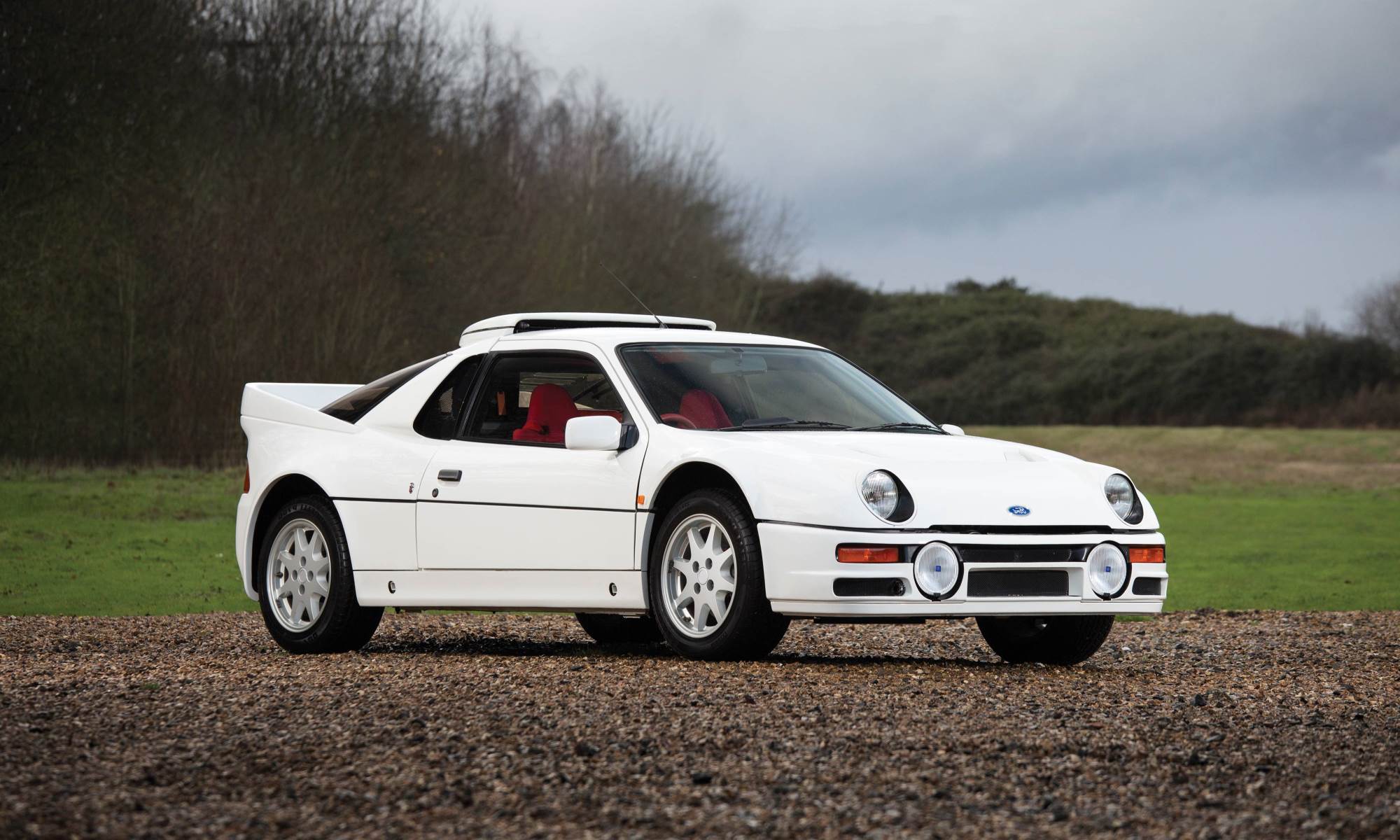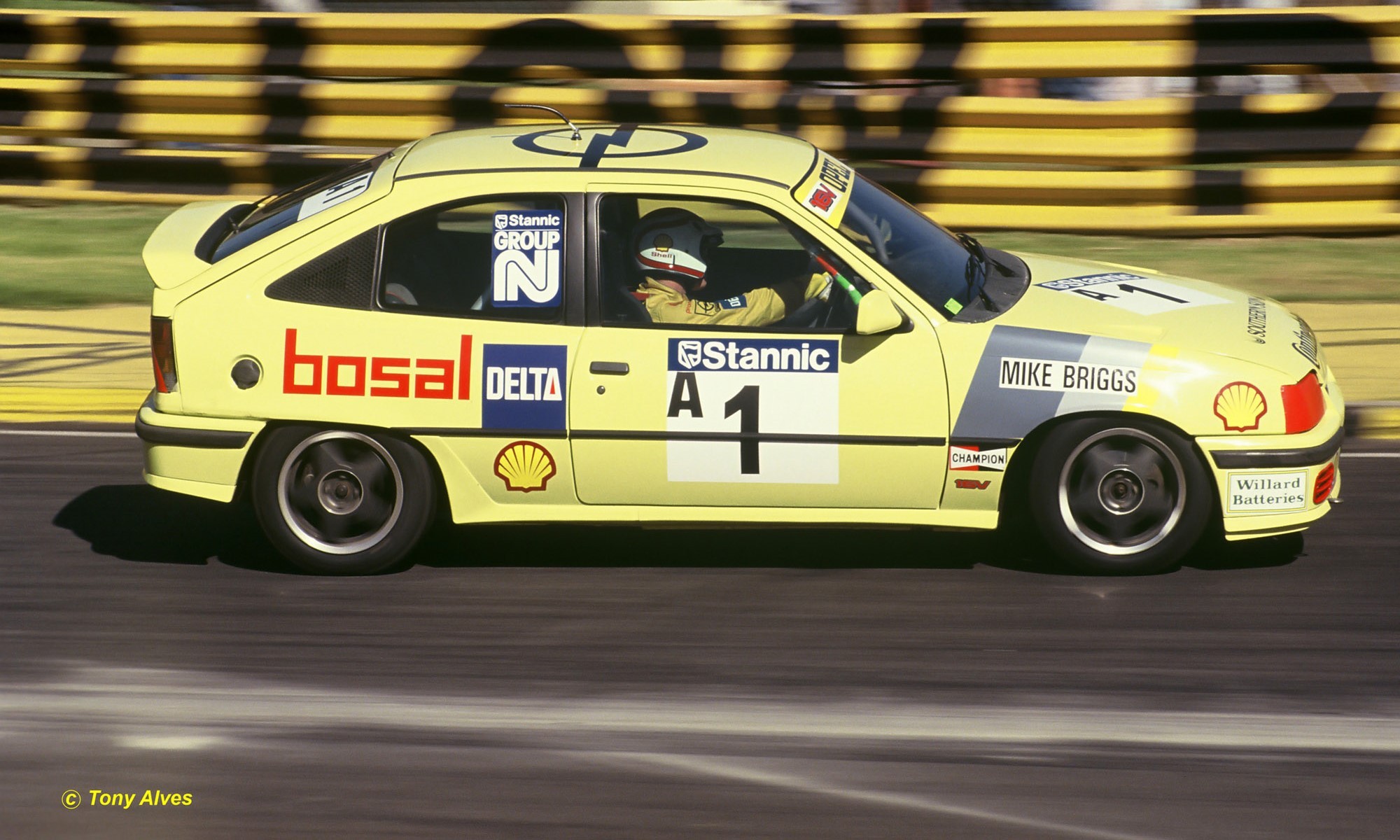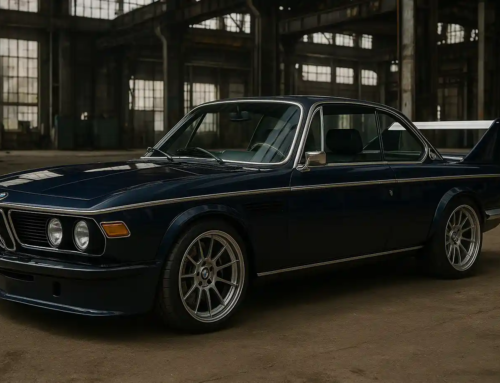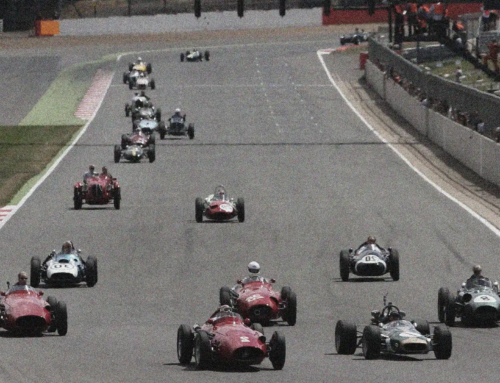Our managing editor takes a look back at some of the most memorable cars produced over the last four decades, many of which were road-going racecars.
Remember the Ford RS200? Of course you do. You’re an enthusiast who is familiar with the world of motoring, present, and past. The RS200 and several of its rivals were created in the heyday of rallying lunacy known as Group B. Cars such as the Lancia 037, Peugeot 205 T16 and Audi Sport Quattro were turned into legends on the rally tracks of the world stage. Check out the video at the bottom of this post.
Follow Double Apex on Instagram and Facebook where we share more car content.
No more rally cars for the road
The RS200 was a mid-engined, turbocharged monster that you could buy from your local Ford dealer… sounds crazy, I know. Imagine doing that today? Walk into a local Hyundai dealership and ask to buy a WRC edition i20, and I’ll bet your request will be met with blank stares, there may be several reasons for the confusion (too many to go into here) but the main one is that rally cars in competition today share little or no similarity with their road-going counterparts, bar the external appearance.
A numbers game
In the 1980s manufacturers took advantage of homologation rules, which essentially meant that a small number of a specific version had to be produced for that model to be eligible for competition use. Of course, manufacturers made the minimum as stipulated by the rules to comply, and in some instances even the proposed production numbers were dubious, but all of this meant that Joe Soap could buy the very same car that his rallying hero raced up the Col de Turini or yumped across the Thousand Lakes of Finland.
Homologation rules didn’t only apply to motorsport conducted on the international stage. We were also privy to many cars that were specially developed for the racetrack locally as well. I think the first of these road-going racecars (though someone will probably correct me) was the BMW 530 MLE (for motorsport limited edition), which was a 5 Series that was tuned to deliver more horsepower, lightened and better suited to track work.
Local is lekker
A flurry of high-performance, track-focused models followed throughout the 1980s and ’90s: Alfa’s 3,0-litre GTV6 springs to mind, as does the BMW 745i. The local version featured the same 3,5-litre engine as found the BMW M1 supercar. Overseas 745s used a turbocharged motor.
Even later, around the time my interest in local motorsport was really sparked, came the Opel Kadett GSI 16 “S”, or Superboss as it was nicknamed. This was a competition special conceived and developed entirely within the workshop of Delta (Opel) Motorsport in Port Elizabeth. It was created to take the fight to BMW, in production-based Group N, which would eventually create the equally competitive 325iS.
The best part was that you could walk into a showroom on Monday and buy (nearly) the road-going racecar you witnessed win on Saturday. Or better yet, buy your own and race it against the factory teams, as many did. Homologations specials’ place on the world stage continued and one could even buy an outrageous Le Mans special, such as the Mercedes-Benz CLK GTR or Porsche. Yes, they were made in limited numbers and were expensive but they were available to purchase.
Where did they go?
Look around today and I can’t think of a single car that has been conceived and built with the express intent of competing in motorsport. There isn’t a single road-going racecar on sale anywhere. Every racecar you see on track, I am referring to mainstream racing here, is a prototype. It has been built by a specialist racecar outfit, usually commissioned by a manufacturer, to create a machine to compete in a particular class. In most cases, the overall shape is similar to that of a product from the automaker’s line-up and it will be branded and marketed as such.
Remember the Dakar-winning VW “Touareg”? I was told by someone in the Dakar team that the only piece shared with its production namesake was the rear badge, even the front item was sourced from a large commercial VW to allow greater airflow.
Bespoke racers
This gradual move from production-based, road-going racecars to bespoke machinery has robbed us of special machinery along the way. Imagine if Toyota produced a V8-powered Hilux similar to its Dakar counterpart; a combination, I am told, enthusiasts produce by the dozens with old Lexus engines.
The other, and main, point of this article is that creation of these bespoke machines has driven up the cost of motorsport to astronomical levels. No longer can privateers, whom I believe are the lifeblood of racing worldwide, compete with works outfits unless they are extremely well-funded.
Exciting racing
Even then, you’ll have to guess as to the level of parity of equipment if a manufacturer agrees to support a privateer effort. In the 1990s DTM fields were full of cars such as the Mercedes 190E Evo, BMW M3 and Alfa 155. Nowadays even the Teutonic Trio are cutting back on the number of cars entered and with no privateers to make up the numbers fields are dwindling to unprecedented levels.
Never again…
Whether it’s the DTM, Group N production car racing or international rallying, homologation rules produced some incredible road-going racecars; most are extremely rare and sought-after today, which opened the door for large competitive fields thanks to eager self-funded racers who figured they stood a chance of competing on equal footing. The demise of limited-edition racecars has robbed us of special machines, and the rising cost of motorsport has left our favourite sport in the doldrums of late.









Leave A Comment